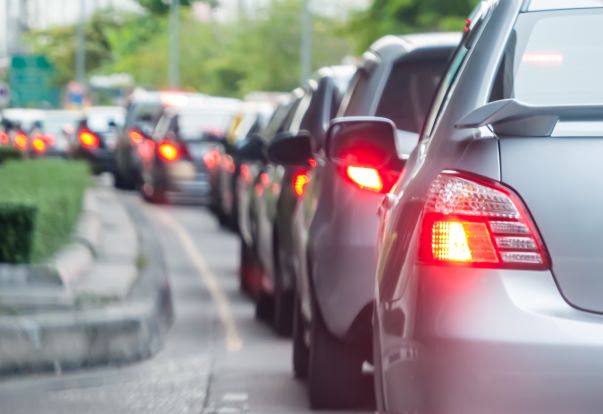A number of potential solutions were initially identified and assessed on the basis of their potential to solve the congestion problem, but no preferred solution was identified as a potential solution. The 2012 strategy proposed a road to Congleton, and in 2013 a road from the city centre to the city centre, with the potential for a link to a new bus station.
On 17 September 2012, the Cabinet decided to investigate transport solutions to the Congleton congestion problem. The public will now have the opportunity to express their views on the proposed solutions in a two-stage public consultation starting today (Wednesday 14 March).
A key feature of the original SEMMMS was the relief road for Manchester Airport, which is currently being built in Poynton, and Cheshire East Council’s progress on Poysnton Relief Road. The 600m Mersey Gateway project is designed to ease congestion at the existing SJB, which serves around 80,000 vehicles on weekdays.
Built in 1961, the bridge is the only road link connecting Runcorn and Widnes within the borough. The new Mersey Gateway Bridge will be integrated into the existing main road network, with a new bridge over the River Merseyside and the construction of the new Poysnton Relief Road. In order to relieve the SJB and shift 80 percent of traffic to the newer bridge, the road will also be improved with new traffic lights and new pedestrian and bike paths.
Fiona Bruce, MP for Congleton, said: “This new road will reduce accidents, reduce congestion in Congleton, move lorries out of the city centre and improve air quality for residents. The Mersey Gateway will generate an estimated £61.9m of gross value added per year by 2030, boosting the regional economy and providing a vital link between Runcorn and Widnes and surrounding areas of Cheshire and Merseyside.
Transport Minister Jesse Norman MP said: “Cheshire and Warrington have some of the best performing economies in England and this programme will help maintain that momentum. It would also improve the quality of life for residents and businesses in the city centre and the wider region.
Bypass advocates say the effort is worthwhile because it would reduce congestion and pollution while boosting economic growth. The road will not only reduce travel times but also improve air quality for residents. Sources: 0, 2
According to a recent study by the Transportation Research Institute of the US Department of Transportation, the bypass will also carry increased traffic through the city.
The additional traffic would increase air and noise pollution without benefiting the district. There is no evidence that building a new road will reduce traffic congestion or reduce air pollution in the area. Congestion is hated by everyone and is getting worse despite all remedies.
Commuters are often frustrated by the inability of politicians to address the problem, which poses a significant public policy challenge, according to the US Census Bureau.
Traffic jams are not primarily a solution to a fundamental mobility problem, namely that too many people want to travel at the same time of day. To acquire new properties, motorways in congested areas should be designed to move traffic faster than incoming traffic when it enters the required merger. Many are already exit ramps, and the exit ramp on the right is exit – only to reduce the number of lanes back to the original as needed.
The problem is that so many people will be working almost at the same time, and most of these problems should be solved. There is growing demand for sustainable alternatives and electric scooters are being touted as a commuting solution with successful trials in Oxford and other counties.
In many cities, there are fewer places where traffic jams can occur and the number of days during the week when travellers are confronted with traffic jams has increased from 4.5 hours to 7 hours. According to the US Department of Transportation, more than 40 percent of the country’s major metropolitan areas are congested, compared with 34 percent in 1982.
Weekend delays have also become a problem due to the high volume of traffic and the lack of sufficient parking spaces. Eliminating accidents and incidents on major roads using roving official vehicles operated by state traffic management centers and equipped with televisions and electronic monitoring of road conditions is an excellent tactic for reducing congestion and delays.
In the case of triple convergence, another criticism is that the existing roads are already overcrowded. Opponents of road construction say that this route is based on the assumption that more highway capacity would simply attract more travelers. The predicted growth of Chester over the next few decades certainly means that much more lanes and mileage will be needed in the peripheral areas.

